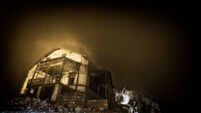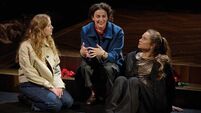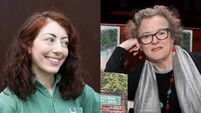'She wanted these children remembered': The story behind the new sculpture in Innishannon
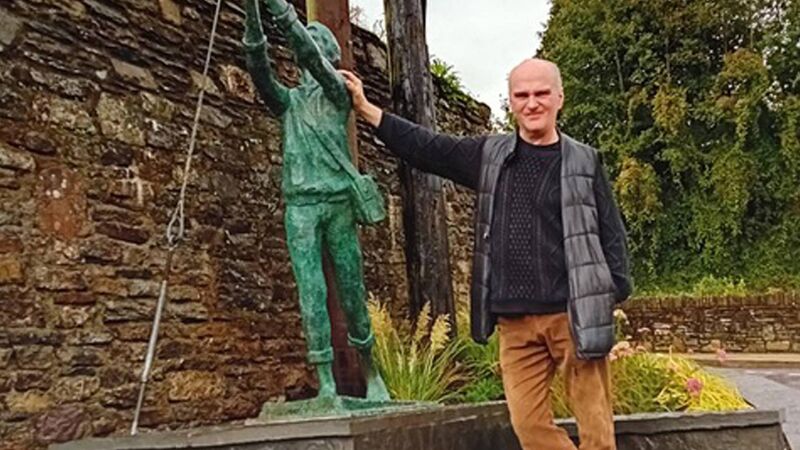
Sean McCarthy in Innishannon with his new sculpture. Picture: Denis Boyle
The unveiling of Seán McCarthy’s Charter School Boy in Innishannon, Co Cork on Sunday 13th October marked the completion of a local initiative to commemorate local history through a trilogy of public sculptures. McCarthy’s work joins two other bronze sculptures in the village; Billy the Blacksmith at the west end, and the Horse and Rider at the east.
McCarthy’s sculpture, which depicts a schoolboy releasing a bird into the air, occupies a site outside the Old Rectory in the middle of the village. The site was chosen because a Charter School once stood behind the Rectory, on a two-acre site donated by the local landlord Thomas Adderly. Established in 1752, the Innishannon Charter School was one of fifty such institutions around the country that provided training for boys and girls so they could secure work in the linen industry.
Adderly supplied a grant of £200 along with the site, but his interest was not entirely altruistic; he had already established a linen industry in a part of the village known as the Bleach, and he expected the children to work there. It was also the case that the Charter Schools children, many of them from Catholic, Quaker or Dissenter families, were expected to convert to Protestantism.
For many families, however, the schools provided a future for children whose prospects were otherwise bleak. They were clothed and fed, and many boarded at the schools until the age of fourteen.
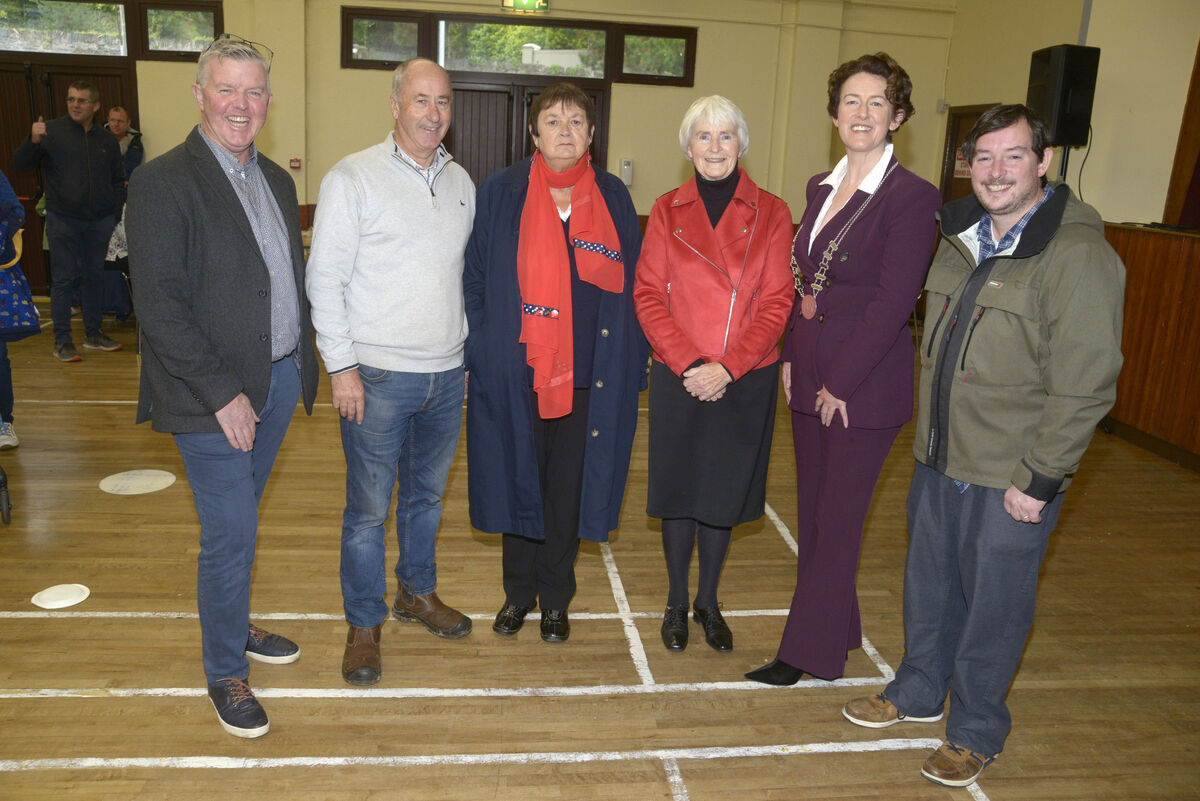
Innishannon author Alice Taylor is a stalwart of the Tidy Towns committee, and co-editor of the Candlelight Christmas newsletter, sales of which helped fund the public sculptures. “The Charter School children were part of our local heritage, but nowhere in Ireland is there a memorial or any acknowledgement of their existence,” says Taylor.
“As with so many good things,” says McCarthy, “the trouble is that the Charter Schools had some kind of nobility at the start, but over time, they were less successful, and the children were not as well treated. They ended up doing more work and receiving less instruction.”
This pattern seems to have played out in many of the schools around the country. By the time the National School system was established in 1830, the Charter Schools had run their course, and they were more or less forgotten.
McCarthy’s sculpture is the first to commemorate the Charter Schools. He credits local author Alice Taylor, of To School Through the Fields fame, with initiating the project. “Alice said to me, there is no remembrance of these children. It’s very hard to follow up on their lives, good or bad, though she reckons there was much good came out of the schools overall. But the Charter School is part of the history of Innishannon, and she wanted these children remembered.”
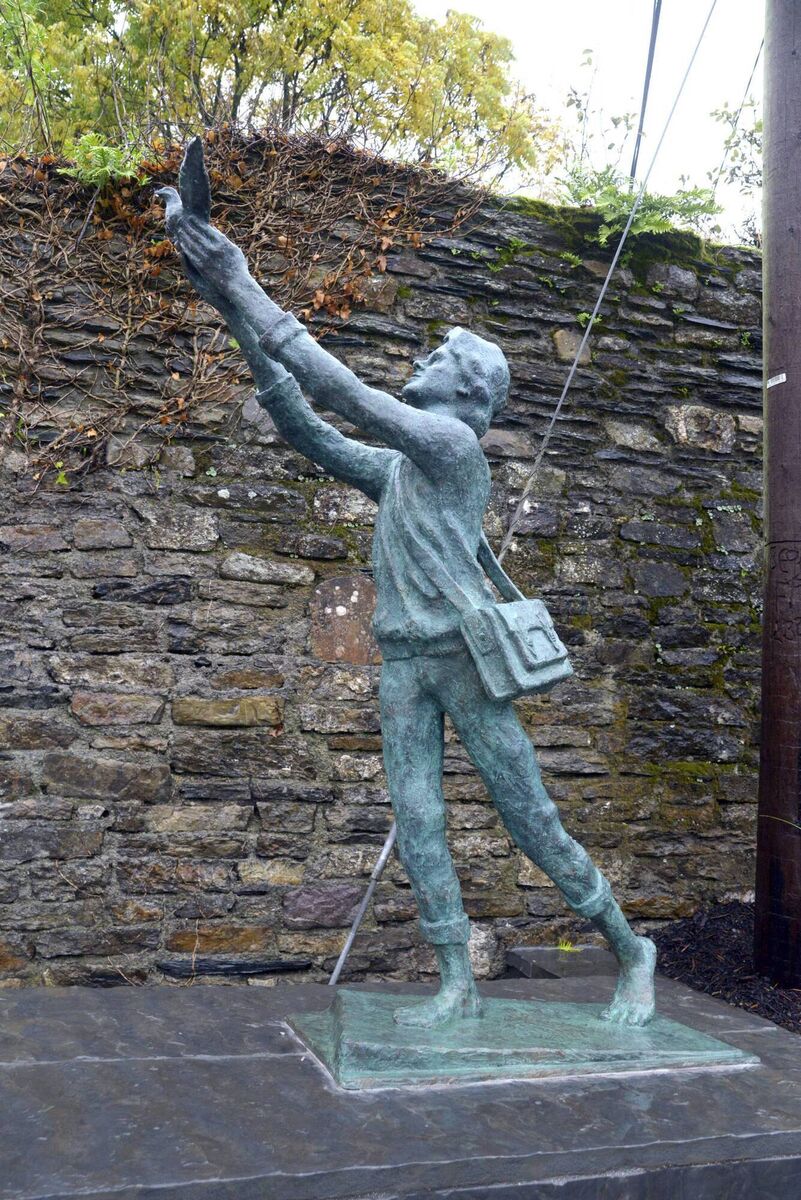
McCarthy was suggested for the project by local sculptor Don Cronin, who created the Billy the Blacksmith and Horse and Rider sculptures. The Charter School Boy commission – funded by Cork County Council and the Innishannon Christmas magazine, Candlelight - came at a good time for McCarthy, as his partner Miriam Barry was undergoing medical treatment.
“Our life was kind of boring, to be honest,” he says. “We were just going back and forth to hospital. We thought we could be dynamic again, you know, doing a job together. It gave us a focus. We knew we should grab the opportunity with both hands."
They chatted with Taylor and other involved locals. “In the end, we felt that this image of a schoolboy compassionately releasing a bird would say everything. It would say he was a natural boy, free as children should be, and the satchel slung over his shoulder would suggest he was being educated. The idea of the boy releasing the bird is that he is really releasing himself at another level.”
A local boy volunteered to model for the sculpture, and McCarthy set to work, photographing him from every angle. “I told him, it's not just about standing in the right position, you've got to put a bit of spirit into this. I showed him how he should stand to release the bird. He gave it everything. Really, he was wonderful.
“The photographs were very systematic. The back and front. Above. Below. You need so many, so you can get fullness in the figure when you start modelling. The boy is slim and meant to look a little frail, but you still have to get form, you know? You don’t want an emaciated image, you want a fleshed out one.”
McCarthy modelled the figure in clay at the National Sculpture Factory. “It’s sheer method and hard work,” he says. “Miriam helps me with everything. She understands my system of modelling. It's based on light. I never model unless I get the light the way I want it. I could be working on one hand, and Miriam on the other, fleshing it out. The light will tell you if it's slack, or wanting.”
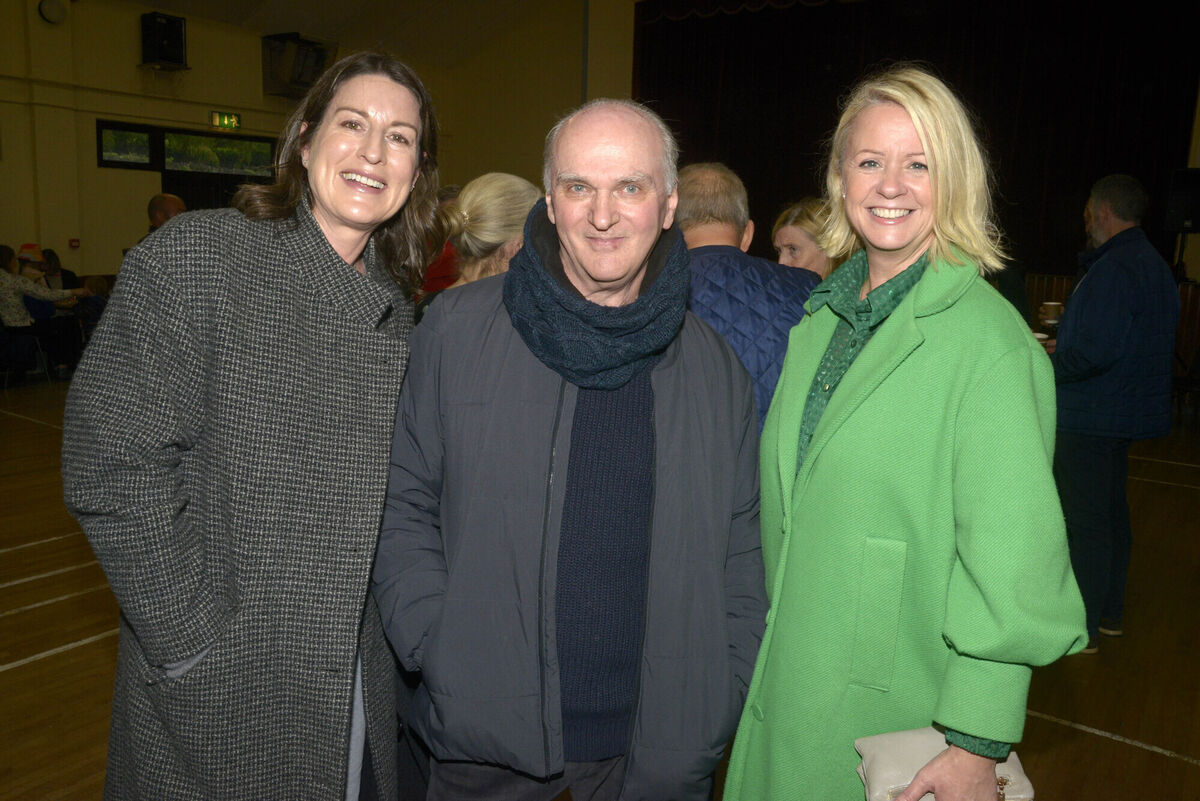
The sculpture was cast at Don Cronin’s workshop. “Don is a brilliant metal worker,” says McCarthy. “And not just in bronze, but anything. Motorbikes, cars, you name it. He really can do that sort of work. So I always knew that the technical side of it wasn't going to be a dogfight.
“Don cast the sculpture in sections, then welded them together. At that point, we examined the whole thing to make sure the joining was true. If any of the joins were crude or uneven, you’d take a grinder to them. You have to look at the sculpture as a living thing, that almost has to move and breathe. It's a bit of respect for the old craft to do the simple things well, to do them thoroughly.”
McCarthy doubts he will take on so large a project again. “My body is nothing like as strong as it was,” he says. “I have to be way more careful of managing myself. Everyone has to face that. But I'd love to do more portrait scale work, and maybe even work in terracotta, where there’s less humping heavy things around. I’d like to spend more time painting as well. But only from life. That's my big thing; I want to be the artist who works directly from life, and never from references.
"I'm a strong believer that it is impossible for two people to meet without there being some sort of reaction. Even if you're cool as ice, something happens, and when you’re an artist, it finds its way into your hands.”
- Further information: instagram.com/seanmccarthysmc
Innishannon, with a population of just over 1,000, is one of the busiest villages in West Cork, situated as it is on the N71, the main Cork-Bandon road.
As well as the Charter Boy, Innishannon has become home to two other public sculptures, both by Don Cronin. Each of them commemorates an aspect of the village’s history.
Don Cronin’s sculpture commemorates local blacksmith Billy O’Connell, whose forge was a local meeting place and landmark on the road to West Cork. The sculpture was unveiled by the blacksmith’s sister Kate Anne McCarthy, and Butlerstown musician Michael O’Brien played a specially-written song, 'The Village Blacksmith', for the occasion.
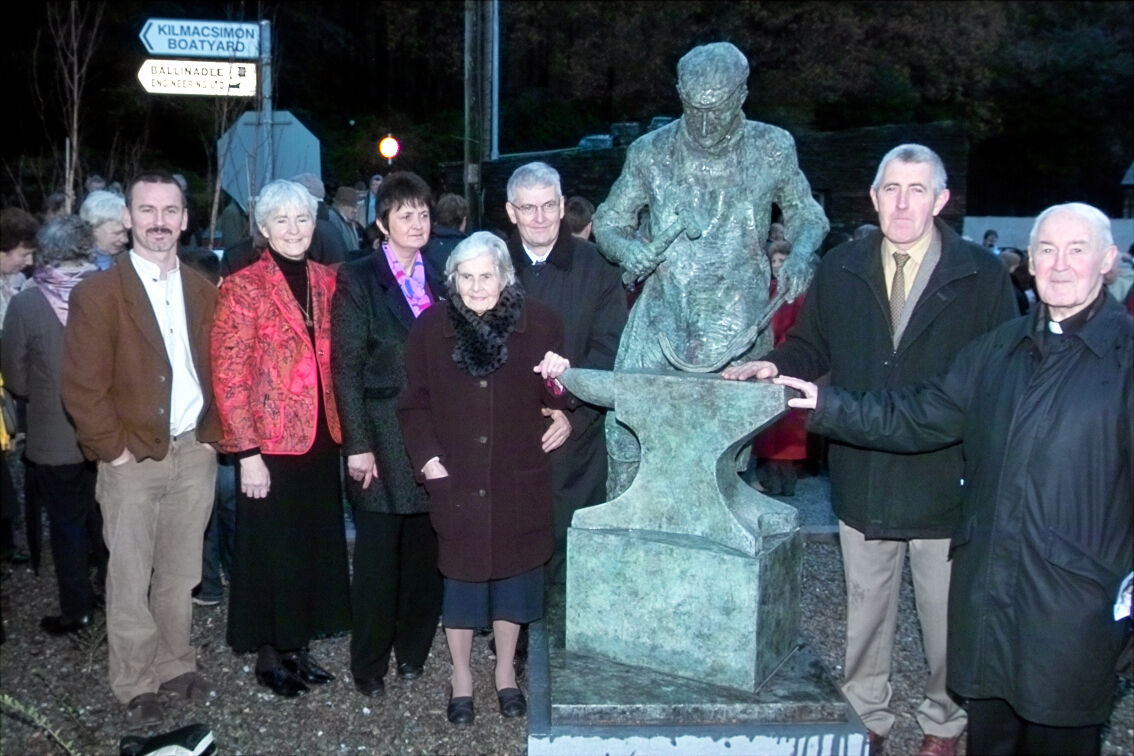
Cronin is a graduate of the Crawford College of Art and Design, and also has a Degree in Philosophy from UCC. His public works include Big Sur, the life-sized bronze bull erected at Macroom in 1998.
Cronin’s life-sized Horse and Rider sculpture faces Bothairín an Atha (the little road to the ford), which led down to the traditional crossing of the River Bandon by pedestrians, horses and carts. Innishannon is believed to have grown up around this ford; the village was first mentioned in the Book of Leicester in the 8th century, and received a royal charter in 1412.
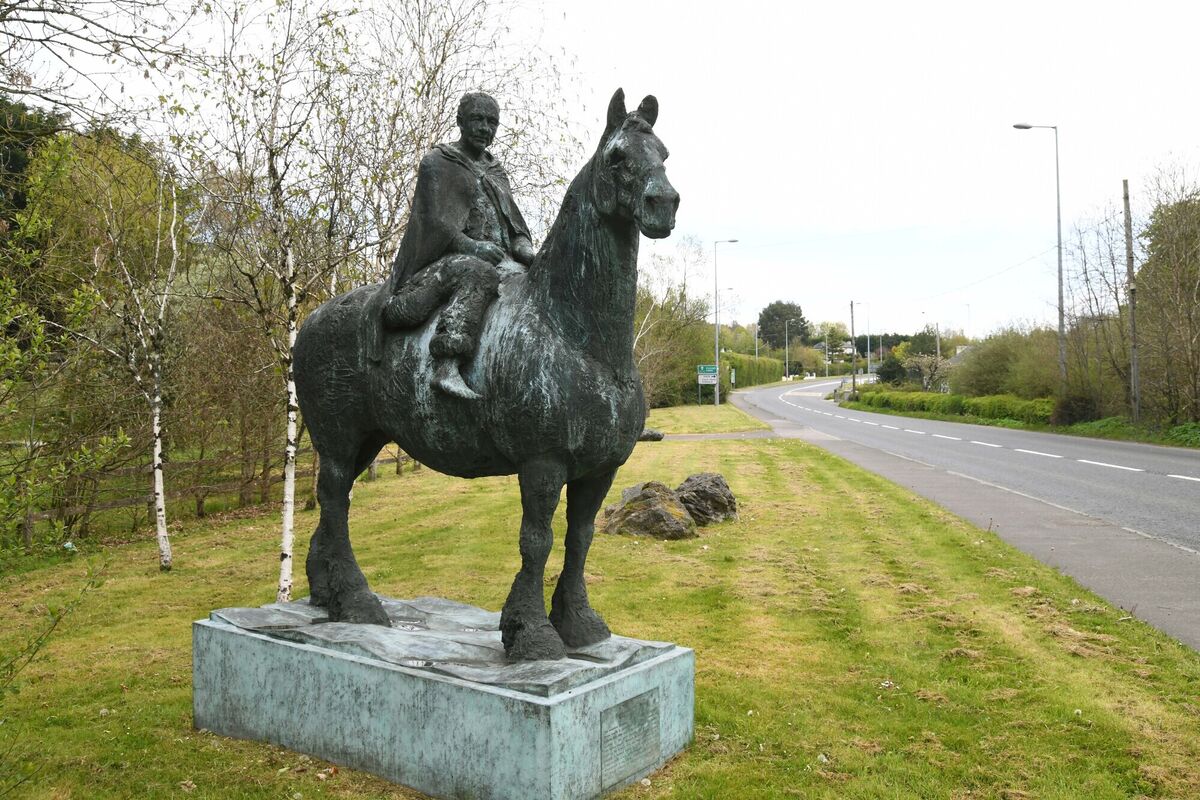
Until bridges were erected at Bandon and Innishannon in 1594 and 1665 respectively, the ford at Bothairín an Atha was the only way that travellers could cross the river. It was still in use up to the 1950s.
